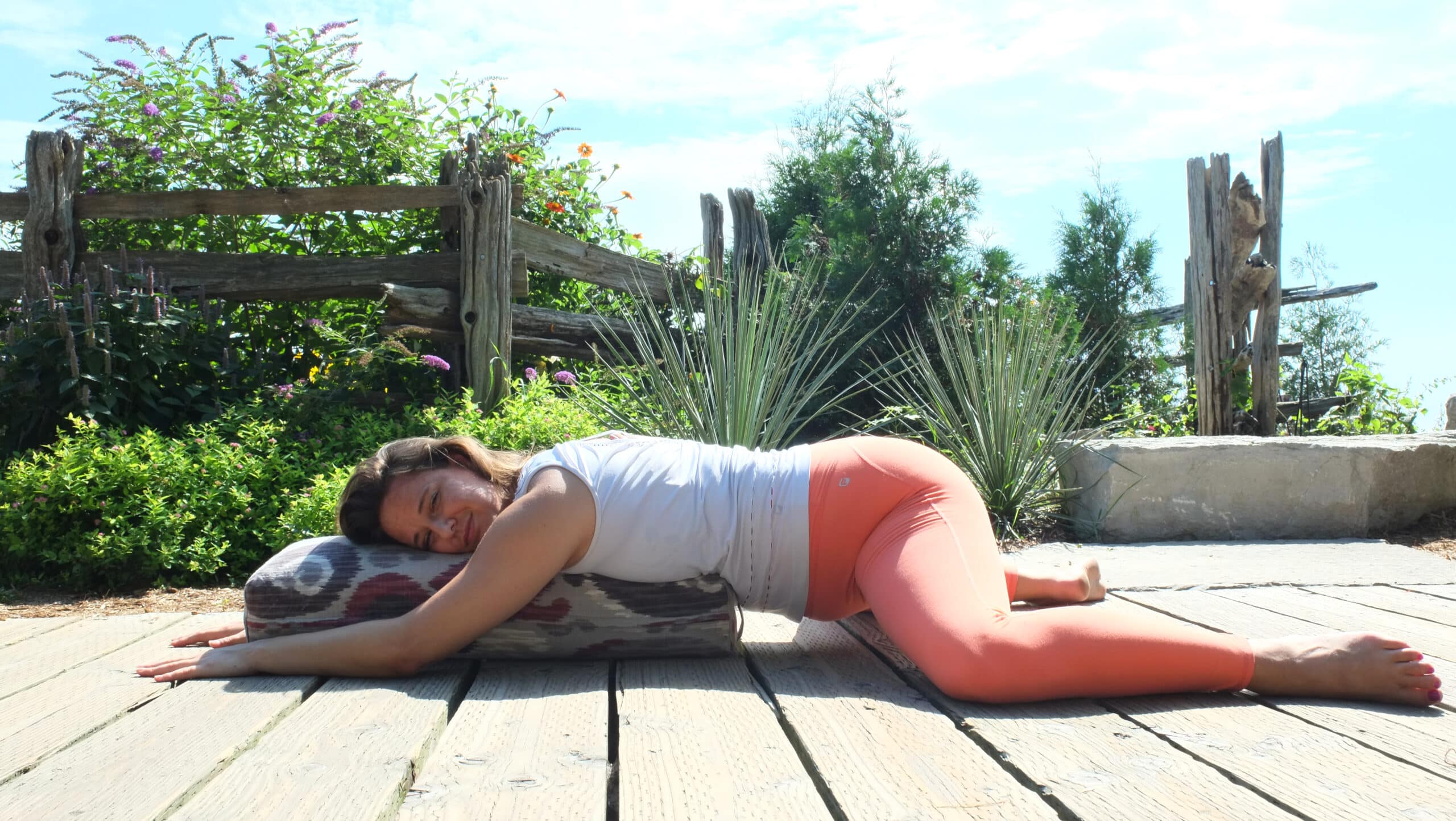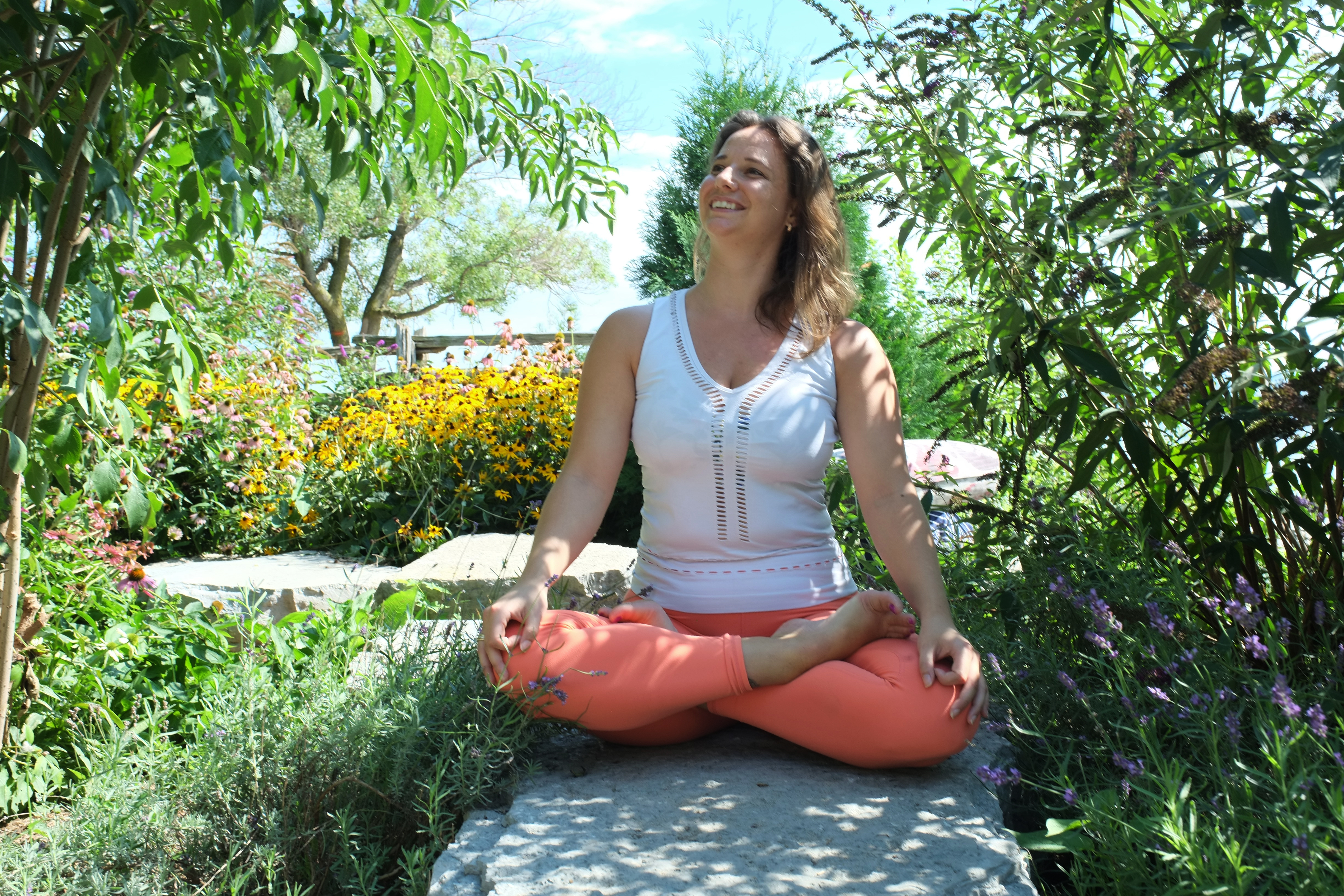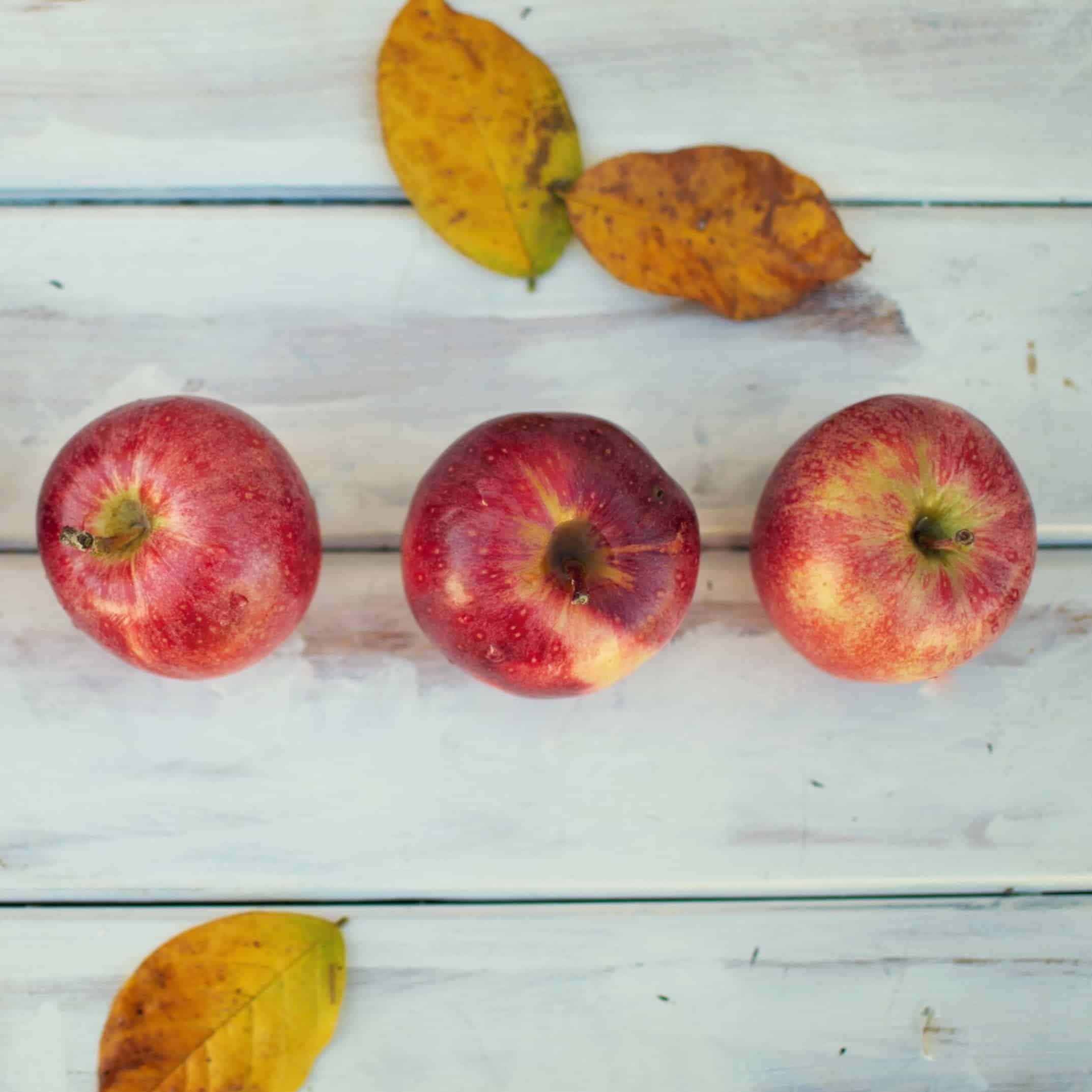Mastering Stillness in Yin
Our instructor Shelby Davies writes about her experience finding stillness through yin.
In August, I took my 100 hour Yin Yoga Teacher Training at Yoga Tree and it was a transformative. I was reminded how important it is to stay balanced in life and not to judge myself if I don’t always reach that goal. It also changed the way I teach my classes at Yoga Tree. Today, I put more emphasis on slowing down and moving mindfully in all the classes I teach; my yang practices start and end in this way. The style of yin I was instructed to teach really emphasizes teaching the students to learn stillness and presence–a lesson I think many people need an extra dose of.
To me, yin is a practice for both the body and mind. It calms and balances our senses. Yin balances the hectic in our everyday lives and vigorous forms of yoga like hot or ashtanga. Yin’s style is slow paced with postures that are held for an extended period – sometimes up to seven minutes. Although more vigorous forms of yoga are also a practice for the body and mind, yin adds the challenge of stillness. This stillness directs the stimulation to connective tissues, like ligaments, bones and joints that are neglected during active practices.

Before I began to practice yoga, I went to the yoga studio and made shapes. I didn’t understand how my mind could be synchronized through breath and body movement. Once I made that connection, yoga became more than exercise; Yoga became a way to relieve stress, anxiety and balance consistent low moods. When I’m tired and need an energy boost, yin creates space for me to move my body without leaving me depleted. When my mind is overactive, a yang practice helps in the moment to create a presence. Yin always adds that additional challenge of training the mind to be still.
Being still teaches us to relieve our own suffering. Yin trains us to be comfortable in stillness and not to exasperate our suffering. This application allows us to let go of what is not serving us. Standard forms of exercise and faster paced yang yoga focuses heavily on the strength of our muscles, endurance and can neglect the deeper connective tissues. Yin poses apply moderate pressure to the connective tissues – the tendons, fascia and ligaments. It aims to increase flexibility, improve circulation, release fascia and improve joint mobility. The slow application of yin yoga is made up of passively held floor poses that focus more on the lower part of the body like the pelvis, inner thighs and lower spine.
Yin was never intended to be a complete practice. It compliments intense forms of yoga and exercise while bringing balance with the element of stillness. It helps you escape your mind and calm your body by bringing stillness to your practice and life. The implementation of more passive practices like yin creates a self-care and a self-healing ritual.



